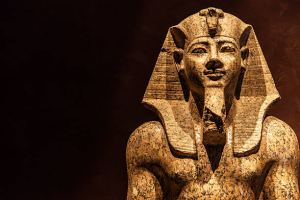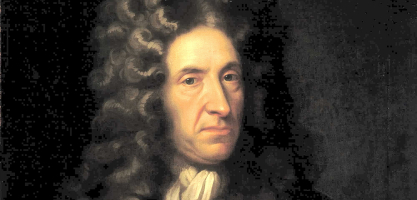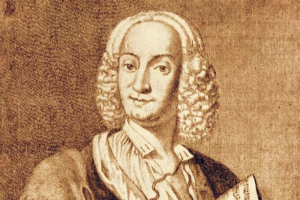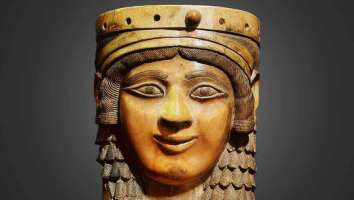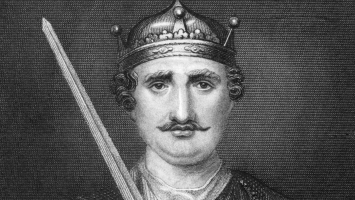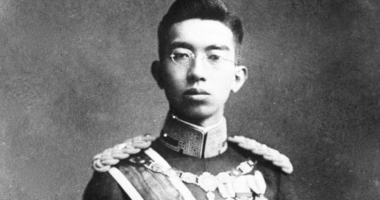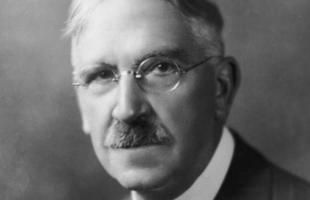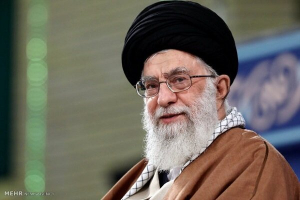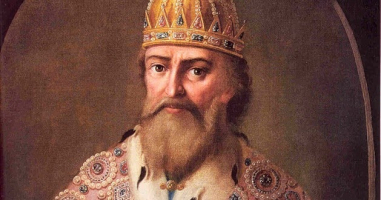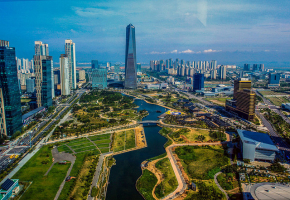Top 6 Interesting Facts about Tsar Nicholas II
Russian emperor Nicholas II was the country's final ruler. From 1894 until his abdication in 1917, he ruled. He presided over some of the most turbulent ... read more...periods in Russian history during this time. Tsar Nicholas II had a variety of fascinating traits that are frequently forgotten, despite the fact that he is most known for his involvement in the Russian Revolution and World War I. In this article, we will take a closer look at some of the most interesting facts about Tsar Nicholas II.
-
In 1894, Tsar Nicholas II wed Alexandra Feodorovna. Alexandra Feodorovna, Princess Alix of Hesse and by the Rhine at birth, lived from 6 June [O.S. 25 May] 1872 until 17 July 1918. She served as Emperor Nicholas II's consort from their marriage on 26 November [O.S. 14 November] 1894 until his forcible abdication on 15 March [O.S. 2 March] 1917.
A few years prior, when they first met, Nicholas fell head over heels for her. Alexandra was a reserved, modest woman who showed little interest in politics. She was a fervent religious believer who saw it as her duty as Tsarina to support and mentor her husband in his spiritual responsibilities.
The Russian people didn't like Alexandra very well because they perceived her as an intrusive foreigner. Numerous issues Russia encountered under Nicholas' rule, including food shortages and the economic difficulties brought on by World War I, were also attributed to her. Despite being disliked, Alexandra remained a loving wife and mother who had a close relationship with her husband and kids. Tsar Nicholas II and his wife Alexandra were renowned for their close correspondence and intense devotion to one another.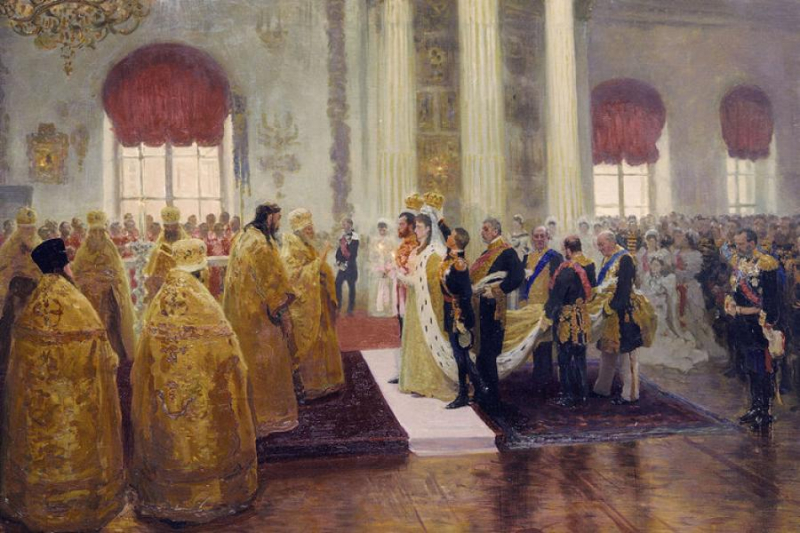
Photo: commons.wikimedia.org 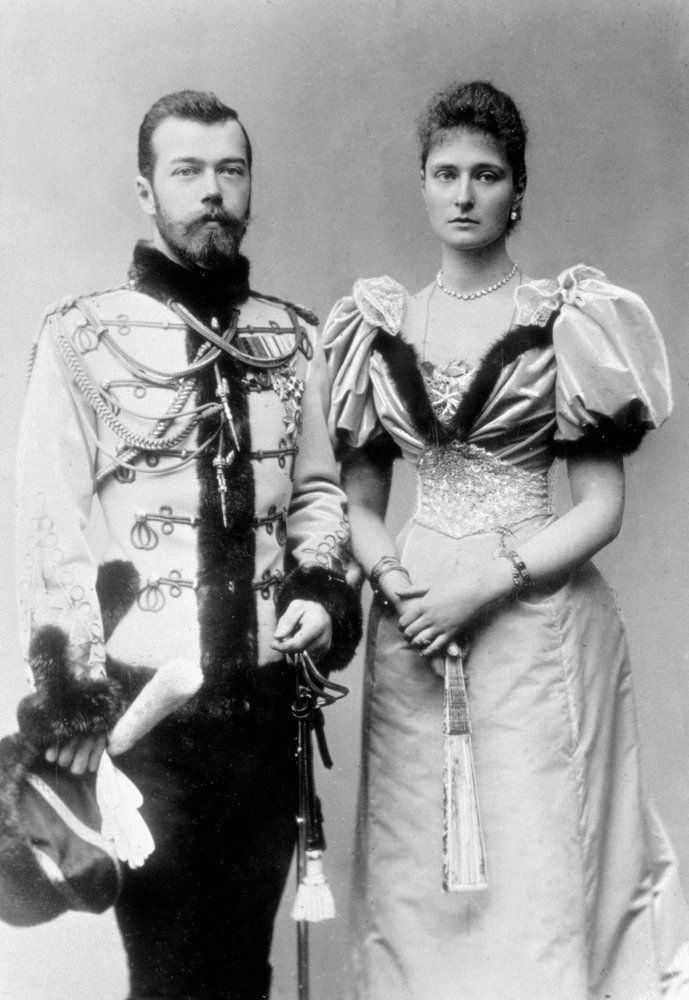
Photo: Twitter -
The Russian government began construction on the Trans-Siberian Railway in the latter part of the 19th century. The Russian Empire's far eastern regions were to be connected to Moscow and Europe via the railway. The project was a massive undertaking, and it took more than ten years to finish. Just a few months after Russia's entry into World War I, the railway was finished in 1916.
The Winter Palace in St. Petersburg has undergone numerous ochre paint re-paintings over the course of its more than 250-year history. At the start of the 20th century, the hue of the Winter Palace's exterior underwent a significant alteration. Emperor Nicholas II gave his blessing in 1897 to a plan to paint the Winter Palace's exterior a new hue. To complement the red sandstone color of the new fence surrounding His Majesty's Own Garden, a brick-red colour was chosen. After His Majesty's Own Garden's fence construction was finished in 1901, the Emperor's decree was put into action. The architect Nikolai Ivanovich Kramskoy (1865–1938) offered a price estimate of 15,639 rubles in April 1901. "for the undertaking to color the new garden fence and the Imperial Winter Palace." He rated the job and the estimate as "very approved. I was told to get painting right away!" The contractor Kruglov received a payment of 29,467 rubles for the repair work, which included "to scrape, grind, and wipe off the walls of the facades, external and outward, the drum of the dome, towers, and chimneys" before painting all the designated locations.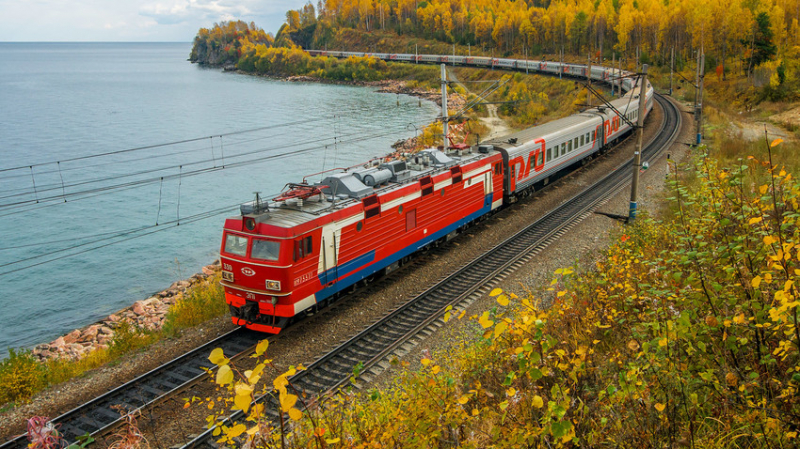
Photo: www.rbth.com 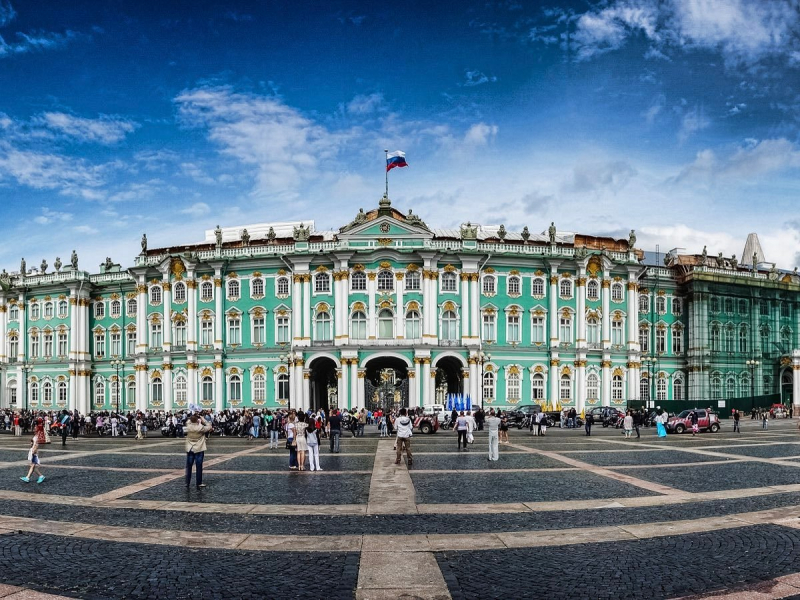
Photo: Tripadvisor -
Deeply pious, Tsar Nicholas II never wavered in his adherence to the Orthodox faith. He was an Orthodox Christian who lived by the belief that it was his responsibility to defend the existence of God at any costs, leading him to adopt laws that included the proscription of alcohol and the persecution of Jews.
Under Emperor Nicholas II, the Russian Orthodox Church prospered. It had 68 dioceses, 54,923 churches, 953 monasteries, 4 theological institutes, 185 schools of religion, 40,530 public schools, and 278 publications in 1914. 157 bishops, 68,928 priests, 48 987 clerics, 21,330 monks in monasteries, and 73,229 nuns in convents made up the clergy.
Emperor Nicholas II was the Supreme Defender and Guardian of the prevailing Faith's dogmas as well as the Keeper of the Faith's purity and all law and order inside the Holy Church. He was and is a Christian Sovereign. This is one of the interesting facts about Tsar Nicholas II.
The first Russian tsar to give his blessing to the Local Council's meeting was the sovereign. He aggressively worked for Seraphim of Sarov's canonization, and in 1903, he oversaw the celebration in Sarov that drew 150,000 pilgrims. Theodosius Uglitsky, Joseph Belgorod, Hermogenes, Patriarch of Moscow and All Russia, Pitirim Tambovsky, and John Tobolsky were all made saints during his rule. He directly assisted in the 1895 purchase of the Purple Gospel from the Greek community, the most coveted book from the sixth century. Nicholas II personally provided funding for the publication of the Explanatory Bible in 12 volumes and the Orthodox Theological Encyclopedia in 12 volumes.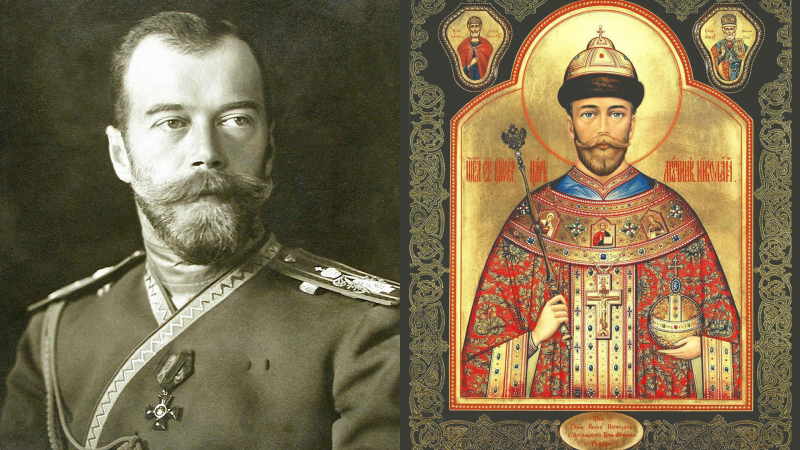
Photo: www.rbth.com 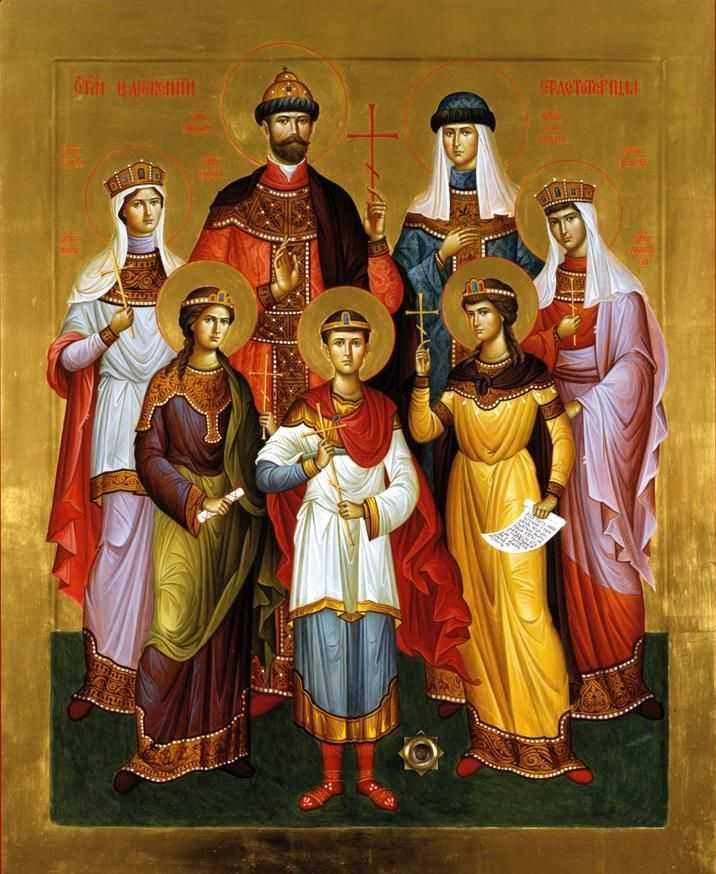
Photo: Pinterest -
At the age of 26, Tsar Nicholas II took the throne. This young man, who in some ways seemed so carefree and innocent, had been raised by his father for years, but during their rule over Russia, he proved to be rather unprepared. Being a young and inexperienced leader, he showed little interest in the routine tasks of running the country. Throughout his rule, this was shown to be a serious shortcoming.
Tsar Nicholas II was a complicated person with an interesting past. Although his reign was turbulent, he nevertheless achieved a number of things and had a considerable impact on Russian history. Knowing more about him can help us understand how the Romanov dynasty ended and how Russia became a communist country.
He was 26 years old when Nicholas II succeeded his father in 1894. By the time his father passed away at the age of 49, Nicholas had little experience with government affairs.
I am not ready to be a Tsar, he allegedly admitted to a close acquaintance. I've never aspired to be one. I have no experience with the political system. Despite this, Nicholas was an authoritarian who believed that God gave him the right to rule (which meant his will could not be disputed).
On October 20, 1894, his father Alexander III passed away from kidney illness, and he succeeded him as tsar. However, Nicholas II had no desire to rule or lead. It was challenging for him to ascend to the throne since he lacked sufficient preparation in matters of state. An interesting fact about Nicholas II is that he even admitted to a friend that he had never desired to be a tsar and that he had no idea how to rule.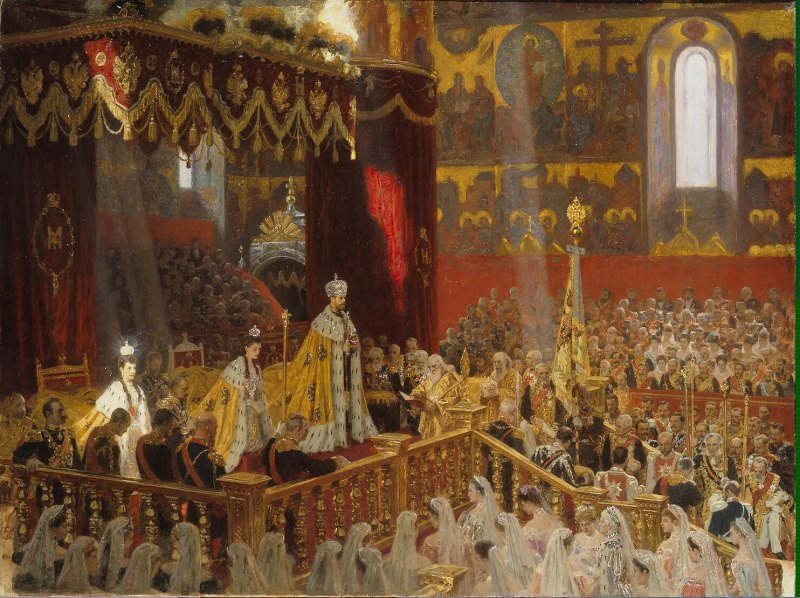
Photo: Wikipedia 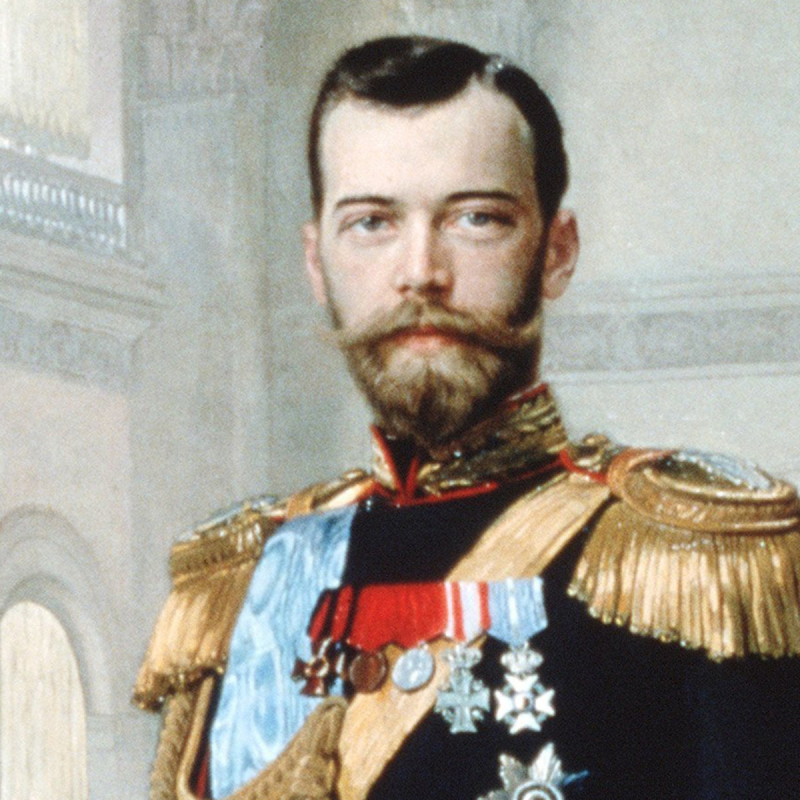
Photo: www.biography.com -
In St. Petersburg, there were hundreds of thousands of workers by 1905. They endured difficult living conditions, much like everyone else in the nation: 11-hour workdays, no holidays, and a lack of labor unions. Anyone who participated in strikes had the right to be fired by the factory owners.
A later investigation revealed that their boss, a member of a conservative organization, had been motivated by political reasons. This incident occurred in late December 1904 when four workers, members of the Assembly, were fired from the Putilov Ironworks in St. Petersburg. The situation was so tense that even a minor incident could have serious consequences.
As poor and without rights as they were, the workers stood behind their coworkers. Protests agitated the city. Bloody Sunday, January 5, 1905, will live on in history. Father George Gapon led a group of laborers to Saint Petersburg that day to demand the creation of a popular assembly and better working conditions. Unexpectedly, the crown's soldiers started firing upon them, killing over a thousand individuals.
The result was a nationwide strike. The cause of the workers was supported by peasants nationwide, and numerous uprisings occurred. Tension increased as troops continued to repress them. According to historians, Nicholas II's inadequate handling of this circumstance was a contributing factor in his abdication from the throne a few years later.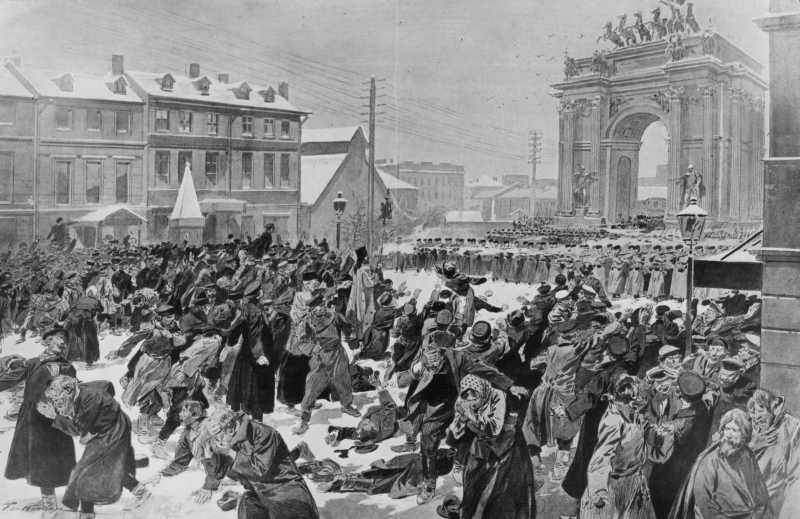
Photo: www.thoughtco.com Video: HistoryPod -
Czar Nicholas II, who has ruled Russia since 1894, is forced to vacate the throne during the February Revolution, and a regional administration is put in its place.
Nicholas was crowned on May 26, 1894, but his attempt to maintain the autocracy in a time thirsty for change was hampered by the fact that he was neither trained nor inclined to rule. Russo-Japanese War's terrible ending sparked the Russian Revolution of 1905, which the czar only put an end to after pledging representative governance and fundamental civil liberties in Russia in a manifesto. Nicholas quickly withdrew the majority of these concessions, and the Bolsheviks and other revolutionary organizations gained widespread support. As food became short, soldiers grew weary of the war, and Russia suffered terrible defeats on the eastern front, the czar's ineffective leadership was made clear, anger in Russia rose in 1914 as Nicholas led his nation into another expensive war.
Czar Nicholas II was compelled to resign in March 1917 after the army garrison in Petrograd joined the striking workers in calling for socialist reforms. First kept at the Czarskoye Selo palace, Nicholas and his family were later kept in the Yekaterinburg palace close to Tobolsk. The Soviet forces in Yekaterinburg were concerned that Nicholas might be saved in July 1918 because to the march of counterrevolutionary forces. The imperial family was given the death penalty following a secret conference, and Nicholas, his wife, his children, and a number of their servants were shot on the night of July 16.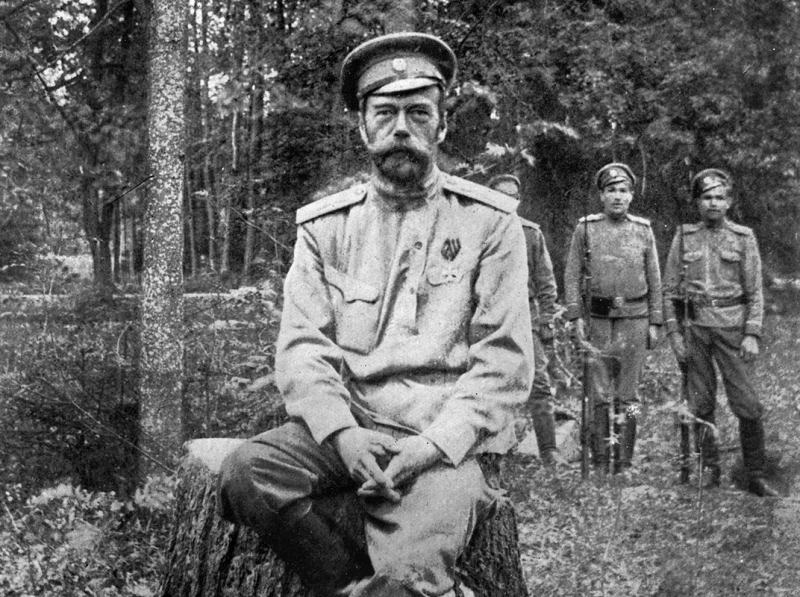
Photo: www.smithsonianmag.com Video: The Duran








